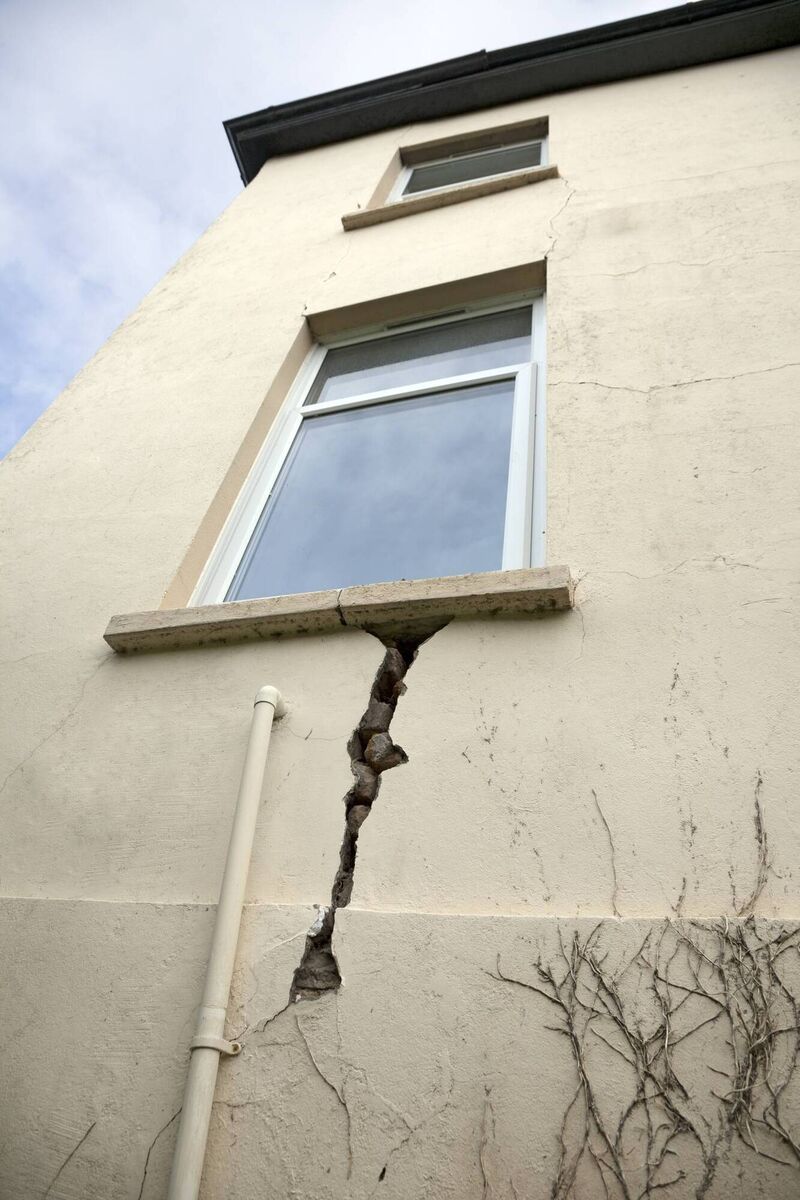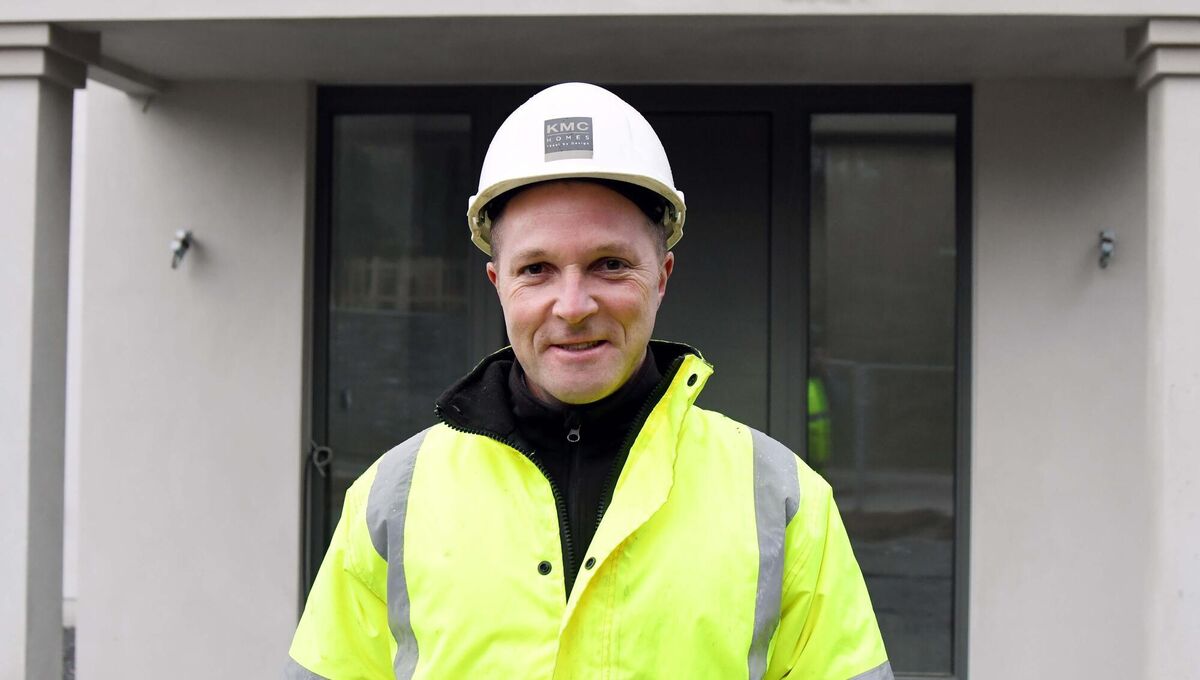Kieran McCarthy: Is it a bad thing that a home has been underpinned or should I walk away?

If you are buying an old building, you likely have some version of this problem to deal with. It's just a matter of what.
Hi Kieran
I am interested in purchasing a home that was built in Cork in the 1970s. I have been told that the home had to be underpinned due to subsidence issues. I understand I am unlikely to be able to get insurance but it is the perfect home for me. A friend has suggested that the fact that it has been underpinned is a good thing.
What is your view?
Peter, Douglas
Hi Peter
Thank you for your question and exciting to hear that you are preparing to dip your toes in the property market. There is no doubt that looking at old houses a few words come to mind that can strike fear into a would-be house buyer; rising damp, dry rot and of course our old archenemy, subsidence. But as we learn more about these engineering problems in terms of their cause and indeed their remedy we learn that in most cases they are surmountable, so let's look at your particular case in a little more detail.
Subsidence is caused by a deterioration in the bearing capacity of the ground under your home. It could be that this ground wasn’t strong enough to begin with (eg clay) or, as is more likely, it could be as a result of an old leaking clay sewer. Clay sewers are built using a series of short clay pipes with socket ends that are merely pushed together. As these lengths of pipe are so short, and there are so many of them along the length of your sewer line, all it takes is for one to leak slightly (as there is no rubber seal) and the cycle of leakage, causing deterioration of the ground under the sewer, causing more leakage, causing more deterioration begins until the ground and sewer fail and the resultant uneven settlement of the building occurs where some parts are still on good ground whereas some parts are now settling in the poor damaged ground this causing cracks in the walls of your house.

When I look at an old house, I just assume that some version of this issue is in play as the engineering available at the time of construction would suggest that it will occur at some time, it's just a matter of when and at what stage will it be caught? So if an old house has clay sewers I would dig out and remove them. If this is done before any settlement takes place, then this is the earliest intervention. If however, the settlement has begun, it's a matter of removing the old drains, underpinning the building (digging out the damaged ground local to the foundations and replacing with concrete either using a concrete grout or pouring in new concrete depending on the remedial solution designed by the specialist engineer).
When the subsidence events began to occur, the insurance industry in Ireland became aware and began to pay out against these issues. Some engineers began to specialise in this body of work and up sprang a series of underpinning contractors who would quote for and carry out the work and each town and city had areas that were known for subsidence. These were usually housing estates built before the 1980s (when the advent of the more modern uPVC drainage pipes).

So Peter, to cut a long story short, if you are buying an old building, you likely have some version of this problem to deal with. It's just a matter of what. In the house you are looking at it appears that the issue occurred in the past and was remedied, likely under the insurance policy of the previous owner. In my view, this is good news as most insurance companies no longer cover subsidence due to the fact that some level of this issue is almost a certainty in an old house for the reasons we mentioned above, and that they have adequately covered this problem during the ownership of homeowners in the past when this problem was originally occurring. It's a little like buying an old car. You ask has the timing belt has been changed because if it hasn’t, it is a matter of ‘when not if’.
So my advice would be that, if you are keen to purchase this house, to get an engineering survey and ask your engineer to comment on the underpinning report (by the previous engineer who supervised it) to ensure everything was carried and professionally signed off in the past. This will demonstrate that the building’s structural integrity has been reinstated and that you can complete your pre-loved home with the peace of mind that it is once again sitting on solid foundations. All you need now is to put your hands on yet another lump sum of money for the energy upgrades.
Kieran McCarthy is a building engineer and director of KMC Homes A-Rated new home builder (Architect Design, Planning Permission, Building) serving Cork and Limerick. He is also co-presenter of the RTÉ property show Cheap Irish Homes.
Follow Kieran on Instagram @kierankmc for more home-building information, tips and Q&A advice.
Tune in to Kieran’s new podcast, Built Around You on Apple Podcasts and Spotify and on the 'Built Around You' Youtube channel.













